 Many writers may not pay attention to paragraphs, especially when starting out, but they hold a subtle power over your novel.
Many writers may not pay attention to paragraphs, especially when starting out, but they hold a subtle power over your novel.
But don’t underestimate them–paragraphs can invite a reader into your novel or drive them away. And if you learn how to manipulate them, you can use their power to your advantage.
Beware Unwieldy Paragraphs
When you pick up a book at the store and thumb through the pages only to find unbroken blocks of text spanning an entire page or more, how do you feel? I don’t know about you, but when I see back-to-back giant paragraphs, I don’t get the warm and fuzzies.
Giant paragraphs are hard on the eyes. All that text going on and on and on…it’s intimidating to readers and can scare them off. Your readers might think your book will be a tough read and decide to drift away to something easier. The last thing you want is to make your novel look like a textbook!
White Space is Your Friend
Using paragraph breaks more frequently creates more white space, which invites readers to linger on the page. Readers need white space because it gives the eye a place to rest. That’s why when you skim through a book, you’re probably drawn right to the dialogue–switching between speakers offers more white space.
When you’re writing, look for subtle shifts in topic where you can break paragraphs. Let me show you what I mean using Edgar Allen Poe’s the Tell-Tale Heart. Here is the original without paragraph breaks:
Example 1
“I was never kinder to the old man than during the whole week before I killed him. And every night, about midnight, I turned the latch of his door and opened it –oh so gently! And then, when I had made an opening sufficient for my head, I put in a dark lantern, all closed, closed, that no light shone out, and then I thrust in my head. Oh, you would have laughed to see how cunningly I thrust it in! I moved it slowly –very, very slowly, so that I might not disturb the old man’s sleep. It took me an hour to place my whole head within the opening so far that I could see him as he lay upon his bed. Ha! would a madman have been so wise as this, And then, when my head was well in the room, I undid the lantern cautiously-oh, so cautiously –cautiously (for the hinges creaked) –I undid it just so much that a single thin ray fell upon the vulture eye. And this I did for seven long nights –every night just at midnight –but I found the eye always closed; and so it was impossible to do the work; for it was not the old man who vexed me, but his Evil Eye. And every morning, when the day broke, I went boldly into the chamber, and spoke courageously to him, calling him by name in a hearty tone, and inquiring how he has passed the night. So you see he would have been a very profound old man, indeed, to suspect that every night, just at twelve, I looked in upon him while he slept.”
That’s a giant paragraph if I ever saw one. Now, here’s the same paragraph again, but with breaks:
Example 2
“I was never kinder to the old man than during the whole week before I killed him.
And every night, about midnight, I turned the latch of his door and opened it –oh so gently! And then, when I had made an opening sufficient for my head, I put in a dark lantern, all closed, closed, that no light shone out, and then I thrust in my head.
Oh, you would have laughed to see how cunningly I thrust it in! I moved it slowly –very, very slowly, so that I might not disturb the old man’s sleep. It took me an hour to place my whole head within the opening so far that I could see him as he lay upon his bed.
Ha! would a madman have been so wise as this, And then, when my head was well in the room, I undid the lantern cautiously-oh, so cautiously –cautiously (for the hinges creaked) –I undid it just so much that a single thin ray fell upon the vulture eye.
And this I did for seven long nights –every night just at midnight –but I found the eye always closed; and so it was impossible to do the work; for it was not the old man who vexed me, but his Evil Eye. And every morning, when the day broke, I went boldly into the chamber, and spoke courageously to him, calling him by name in a hearty tone, and inquiring how he has passed the night.
So you see he would have been a very profound old man, indeed, to suspect that every night, just at twelve, I looked in upon him while he slept.”
Paragraph Lengths
Which one would you rather read? I’m betting the second example. It’s easier to read and less intimidating. But how exactly does it work its magic?
By controlling the pacing.
Readers hate giant paragraphs because it takes longer to get through them–it can feel like forever. White space allows the eye to move through more quickly. And in our modern times, readers are impatient and like things fast.
But how long is too long? I’d aim for an average paragraph length of 3-4 lines, but don’t go any longer than 7 or 8 lines. And you can never go too short–you can even do single-line paragraphs for dramatic impact.
Controlling Pacing
Now that you understand the subtle effects paragraphs have on readers you can use them to your advantage. Paragraphs are an effective technique for controlling pacing, and one you definitely shouldn’t overlook.
When you want to slow things down in your story, like making a romantic moment linger, lengthen your paragraphs. It will take your reader longer to get through them, and make them feel like the scene is lasting longer.
When you want to speed things up, keep your paragraphs short and punchy. This is perfect for action scenes. More white space and fewer words means your reader will be flying through the pages, and the scene will feel like it’s moving quickly. The shorter you go, the faster things will move–you can even go down to single lines if you want.
Do you take advantage of paragraphs in your writing?




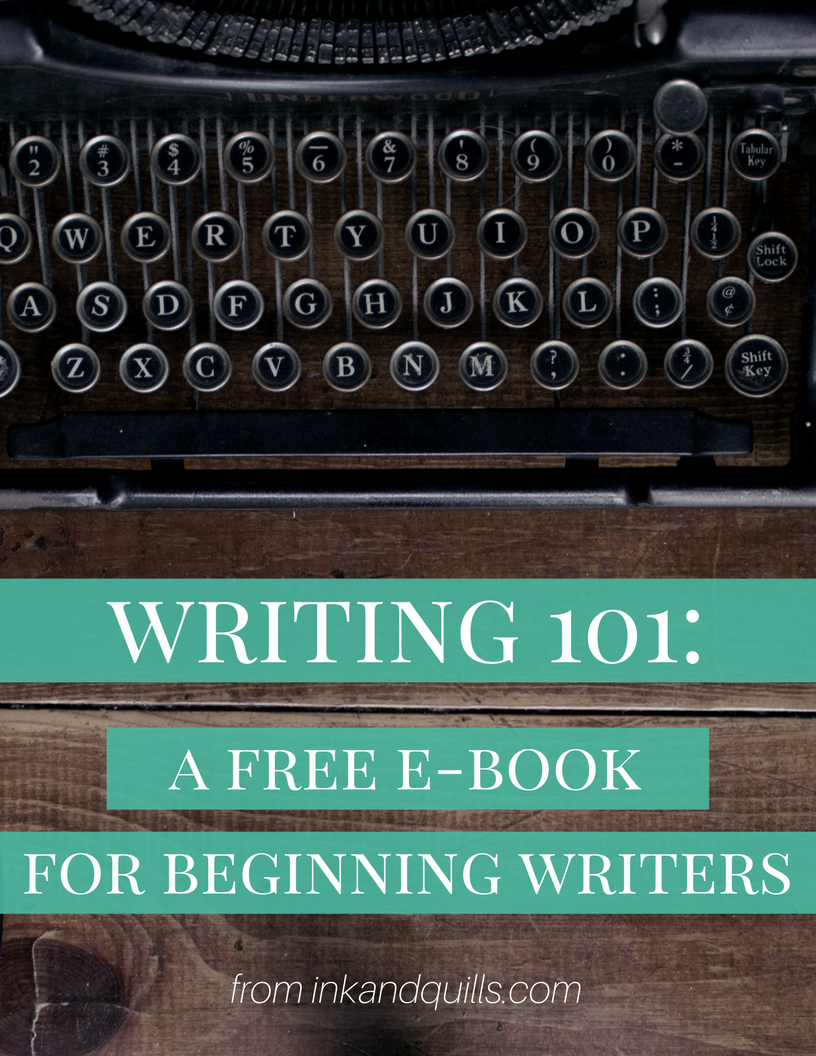

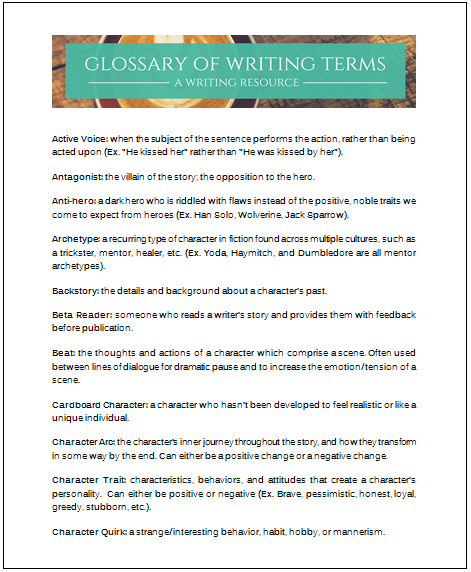

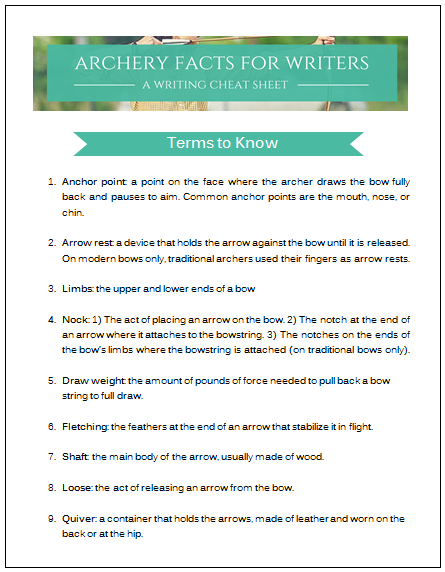



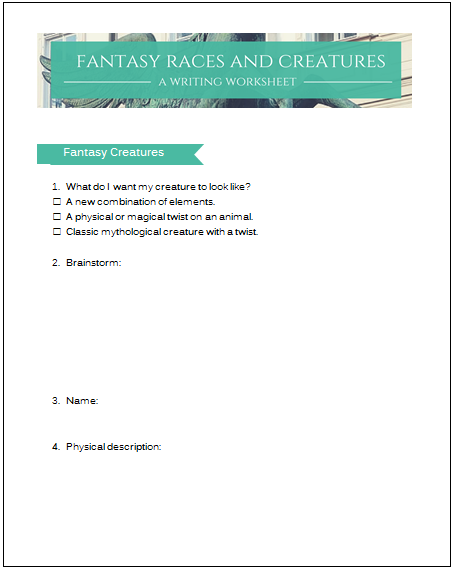


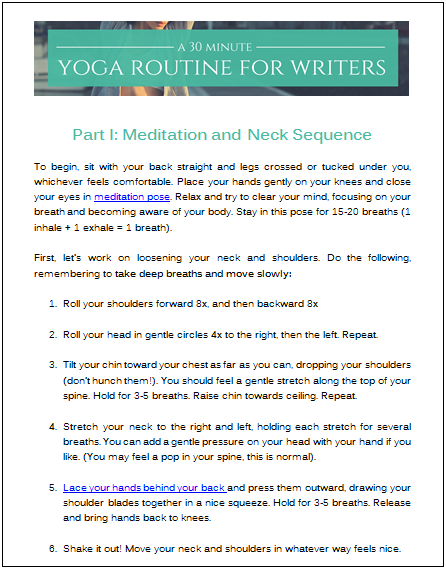
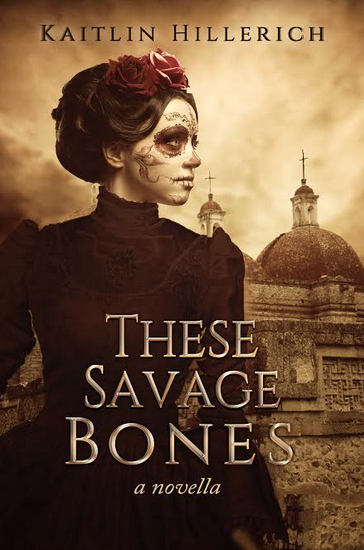
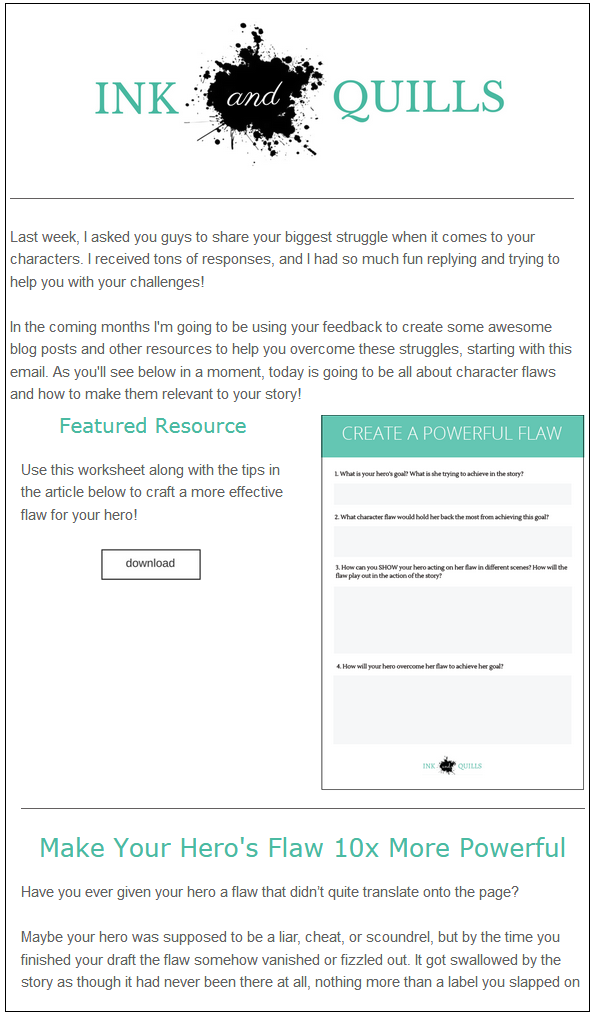
Fantastic tips~
Thanks, glad you liked it!